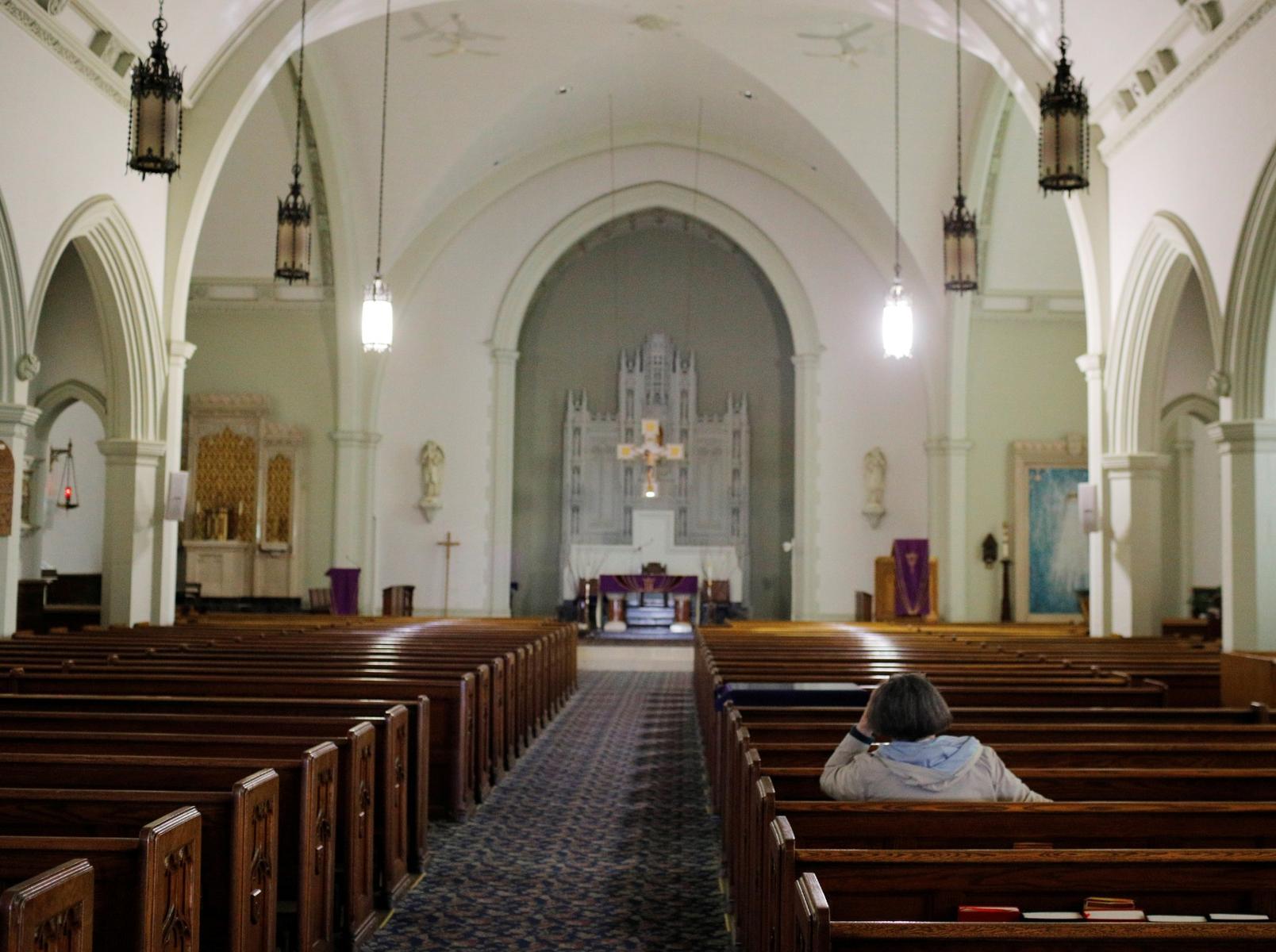When it comes to home insurance, many homeowners may not realize that their policy may not cover detached structures on their property. Detached structures include things like garages, sheds, and other outbuildings. These structures may be just as valuable as the main home, but they require additional insurance coverage to ensure that they are fully protected. In this article, we will discuss home insurance for homes with detached structures.
What is a detached structure?
Before we dive into home insurance for detached structures, it’s important to understand what we mean by “detached structure”. Essentially, a detached structure is any building that is not physically attached to the main dwelling. Examples of detached structures include:
- Garages
- Sheds
- Barns
- Workshops
- Guest houses
- Playhouses
- Greenhouses
- Pools
- Fences
- Driveways
- Retaining walls
- And more
These structures may be located on the same property as the main dwelling or on a separate property. The important thing to remember is that they are not physically attached to the main dwelling.
Why do detached structures require separate insurance coverage?
Home insurance policies typically provide coverage for the main dwelling, personal property, and liability. However, coverage for detached structures may be limited or excluded altogether. This is because detached structures may be more vulnerable to damage from natural disasters, vandalism, theft, and other risks.
Additionally, the cost to rebuild or replace a detached structure may be different from the cost to rebuild or replace the main dwelling. For example, a garage may have a different construction type, materials, and features than the main dwelling. Therefore, it is important to have separate insurance coverage to ensure that detached structures are fully protected.
What types of coverage are available for detached structures?
There are several types of coverage available for detached structures, including:
- Coverage under the main home insurance policy
Some home insurance policies may include limited coverage for detached structures. This coverage may be included automatically or may require an endorsement or rider to be added to the policy. It’s important to review your home insurance policy carefully to understand what types of detached structures are covered and the limits of coverage.
2. Standalone insurance policy
If your home insurance policy does not provide adequate coverage for detached structures, you may need to purchase a standalone insurance policy. This type of policy is designed specifically to cover detached structures and may provide broader coverage than the coverage available under the main home insurance policy.
3. Endorsement or rider to the main home insurance policy
An endorsement or rider is an add-on to the main home insurance policy that provides additional coverage for detached structures. This type of coverage may be more affordable than a standalone insurance policy and may be a good option if you only have a few detached structures on your property.
What factors affect the cost of insurance for detached structures?
The cost of insurance for detached structures depends on several factors, including:
- The value of the detached structure
- The construction type and materials used to build the structure
- The location of the structure
- The age and condition of the structure
- The level of security measures in place, such as locks and alarms
- The history of claims for the structure
- The level of coverage and deductibles selected
How to ensure you have adequate coverage for detached structures?
To ensure that you have adequate coverage for detached structures, follow these steps:
4. Review your home insurance policy
Review your home insurance policy carefully to understand what types of detached structures are covered and the limits of coverage. If you have questions or concerns, contact your insurance agent or company for clarification.
5. Evaluate the value of your detached structures
Evaluate the value of your detached structures to determine how much insurance coverage you need. You may need to hire an appraiser to help determine the value of the structures.
Consider purchasing a standalone policy or adding an endorsement
If your home insurance policy does not provide adequate coverage for your detached structures, consider purchasing a standalone insurance policy or adding an endorsement to your existing policy.
Make sure to choose the right coverage and deductible
When selecting a policy, make sure to choose the coverage and deductible that meet your needs. Consider the value of your detached structures, the level of risk, and your budget.
Take steps to minimize risk
To minimize the risk of damage to your detached structures, take steps such as installing security measures like locks and alarms, maintaining the structures properly, and keeping them clear of potential hazards.
Final thoughts
If you have detached structures on your property, it’s important to ensure that they are fully protected with adequate insurance coverage. Review your home insurance policy carefully and consider purchasing a standalone policy or adding an endorsement to ensure that your detached structures are protected from risks such as natural disasters, vandalism, theft, and more. By taking these steps, you can have peace of mind knowing that your detached structures are protected in the event of a loss.




